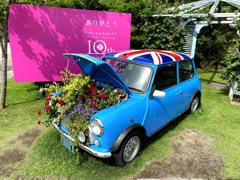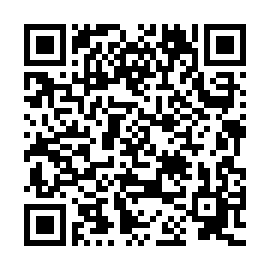
made by Akiyoshi Kitaoka for ECVP2021 Showtime!


![]()















(2) Set the following values (parameters) and press the button below.
R min
- max
G min
- max
B min
- max
(This transformed image can be downloaded by right-clicking on it.)
 For those who are still getting used to it:
For those who are still getting used to it:Explanation
This color illusion production program takes advantage of the fact that the human visual system behaves as if it is perceiving a distribution of RGB values that is corrected to be in the range of 0 to 255.
other pre-prepared images



The address of this webpage is available from:

http://www.psy.ritsumei.ac.jp/~akitaoka/histogram_compression-ECVP2021-ShowTime.html
Abstract
An electronic image is made up of pixels whose sub-pixels are RGB. Each of RGB has a value of 256 gradations, where '0' means the darkest and '255' means the brightest. In most cases, an image of an object or landscape contains all gradations from 0 to 255 for each of RGB. When the range of those gradations is narrowed, color illusion is likely to occur. My demo is a Javascript program that creates color illusion by manipulating the range of gradations of each of RGB. Here I name this manipulation 'histogram compression.' Suppose you have an image of red strawberries. The R gradations of the image are compressed downward, say from 0 to 128, and the G and B gradations are compressed upward, say from 128 to 255. Then, pixels of red hue disappear, but the strawberries will continue to look red. This is a kind of color constancy phenomenon, but it is also a color illusion in the sense that objects appear to be reddish even though there are no red hue pixels. In my demo, I designed it so that you can try images of various colors. The demo (shown below) is available to anyone who has access to the web. Enjoy!